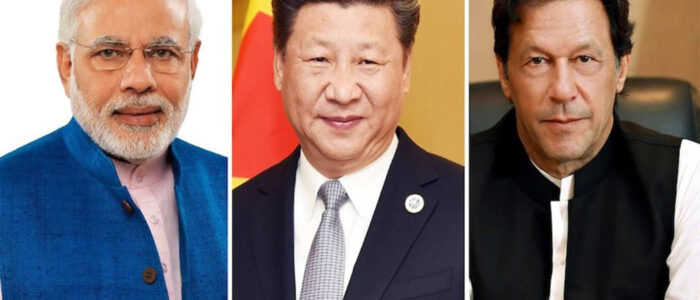When viewed under the international conflict dynamics, the Kashmir issue can be understood to have undergone three chronological phases: International, bilateral, and regional. However, it is hard to say whether any of these phases have been truly able to represent the diverse peoples of the Kashmir region (Jammu and Kashmir, Laddakh, and Gilgit Baltistan), but there is no denying that they have immensely influenced the evolution of the question.
When India in January 1948, took the issue to the United Nations (UN) in the wake of the first Indo-Pak war over Kashmir, regarding Pakistan as the aggressor, Kashmir opened to the intrigues of the international community. This was followed by special commissions, appointments of mediators and representatives, and 25 resolutions.
While the UN has always attempted to uphold its commitments to self-determination in formulating its response to the Kashmir issue, inconsistencies in its own discourses and frameworks, and the inadequate ability to resolve serious territorial issues have been setting the efforts astray. Its promise to ensure support for self-determination under the UN charter is restricted by another promise to not interfere in the matters of sovereign states under the same charter. Correspondingly, the Kashmiri’s right to self-determination became a choice to join either India or Pakistan.
The failures of UN frameworks have tacitly encouraged the conception of Kashmir as a bilateral issue and kept the UN succumbing to the resistance by both India and Pakistan toward an independent plebiscite. Such failures were bound to push the question into a bilateral realm, which was, after undergoing a series of events, finally solidified by the Simla Agreement 1972 that obliged both the parties to resolve every issue bilaterally.
It is only to the detriment of the Kashmiri peoples that India and Pakistan not only failed to resolve the issue bilaterally, but also regressed from the meagre successes achieved through UN interventions. Both the countries could not come up with a single workable proposal acceptable for both sides. For instance, one of the bilateral solutions proposed was the partial autonomy of the region with sustained borders, giving the Kashmiris the right to move freely across the region. This proposal was thrashed by India because it would never want to lose the slightest control over the area it governs. Analysts believe that these complexities make Kashmir a mere subject to the “South Asian security calculus”. Hence, the stalemate of bilateralism persisted.
Then after 9/11, the discourse of terrorism steered many struggles of self-determination into its garb, and the Kashmir struggle was one of them. Pakistan’s alleged involvement in the Kashmir militancy made it convenient for India to subject Kashmir to simplified international anti-terrorism rage, and to carry out a “legitimate” silencing.
The regionalization phase involves China’s emergence as a major power. Already controlling Aksai Chin – a part of larger Kashmir region – China has always been part of the Kashmir riddle. This time around however, its interests started expanding incrementally.
As China continued to expand its models of governance and development outside its borders, it undertook the China-Pakistan Economic Corridor (CPEC) as a major portion of the venture. Gilgit-Baltistan, a part of pre-1947 state of Kashmir is home to the most significant patch of the CPEC route that is meant to connect Pakistan to Xinjiang-China and the Central Asian Republics (CARs). This has augmented the region’s importance for China by manifolds.
Also, on the Indian administered side, China has broadened its influence. India’s abrogation of article 370 that promised special rights to Kashmiris is often seen as a part of its efforts to insulate the Kashmir valley from the strategic environment of the Line of Actual Control (LAC) – its border with China. Whereas China while reiterating its claim over the border region of Laddakh, responded aggressively to India’s efforts at building border infrastructure in the disputed territory. This coercion is also seen in the aftermath of the Indian Home Minister’s Lok Sabaha address in which he made emotive remarks on China-controlled Aksai Chin calling it a part of India.
Although there has always been a trilateral aspect to the question, but the recent decade has seen an unprecedented Chinese involvement in Kashmir. Defying history, China supposedly helped Pakistan and India reach a ceasefire on the Line of Control (LOC) – the line dividing Kashmir – earlier this year.
China is becoming as much part of the Kashmir riddle as India and Pakistan and will keep pushing its say on the issue with greater magnitude in the days to come. The Chinese involvement now is indelible and makes Kashmir a question beyond India and Pakistan. As the stakeholders of Kashmir, other than the Kashmiris themselves, increase, the festering wound of South Asia goes regional.
